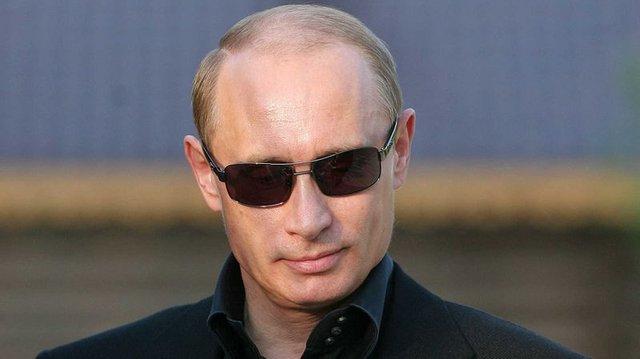In general, the constitutional functions of the President of the Russian Federation are reduced to the fulfillment by the latter of the duties of the head of the Russian state. In fact, we are talking about the status of a national leader, which involves the implementation of three basic provisions: preservation and strengthening of the constitutional system, protection of the sovereignty and territorial integrity of the state and legal support for the work of all political institutions.

In addition, due to the fact that he is elected by popular vote by secret ballot, that is, he receives the right to legitimate authority, the functions and powers of the President of the Russian Federation imply a strategic determination of the trends in domestic and foreign policy, a qualitative determination of the priorities of economic, social and humanitarian development. Being the guarantor of the rights and freedoms of citizens, the head of state, thus, is the bearer of the basic principles of the rule of law and the provider of national and international constitutional norms.

The functions of the President of the Russian Federation are provided to the candidate who won the national election for a period of six years. According to the current legislative norms, one person cannot hold the highest state post of the country more than two times in a row. Most political experts point out that Russia has a system of post-Soviet presidency, which involves transferring the fullness of state power to one hand, subject to the nominal existence of the cabinet of ministers, parliament and the judiciary.
Practical functions of the President of the Russian Federation:
- The appointment of the Prime Minister after the prior consent of the State Duma. De jure, the chairman of the government independently forms the personal composition of the cabinet, but in fact the president takes an active part in its formation. Given the current constitutional model, it can also be confidently stated that the head of state remains the most active player in the bureaucratic field, and the personal composition of the state’s top leadership depends on his position.
- The functions of the President of the Russian Federation allow him to conduct meetings of the Cabinet of Ministers, determine the priority of consideration of issues at such meetings. This circumstance allows some lawyers and political scientists to assume that the head of state is the head of the executive branch.
- Appointment of the date of elections to the State Duma. Thus, the functions of the President of the Russian Federation allow the head of state to act as an active player in the party field, since the lower house of the Parliament is elected on a proportional basis. The practice of elections of the last decade has reduced the number of active political players to the necessary minimum, which has increased the controllability of the political system as a whole.
- A national leader has the right to call a nationwide referendum on key problematic issues of state development. This means that the functions of the President of the Russian Federation are also reduced to the mission of freely maintaining the legitimacy of the head of state. After all, if his hypothetical proposals are confirmed at a referendum, then he may receive additional informal powers to implement his own policy.